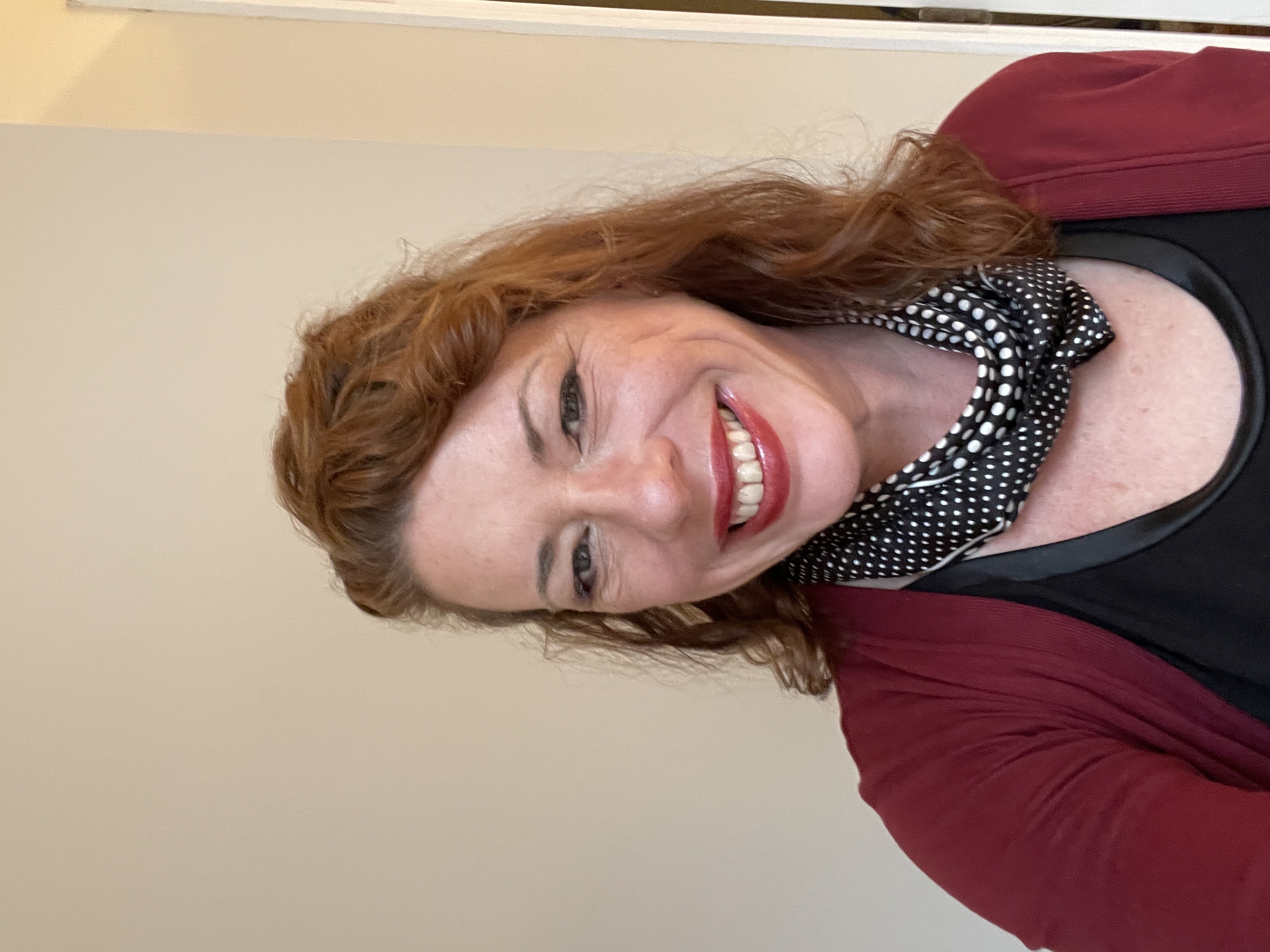Wet on Dry: Your First Watercolor Move (a.k.a. The “No Duh” Technique)
- DeElla Hoberg
- Jun 6
- 2 min read

Intro:If you’ve ever handed a kid a paintbrush and a cup of water, congrats—you’ve already witnessed the wet-on-dry technique in the wild. It’s the “default” way most of us start painting: wet paint on dry paper. Simple? Yes. Boring? Nope. This technique is where all those crisp shapes, sharp lines, and fine details come from. It's also a great place to start when you're just getting your brushes wet—literally.
But before you jump in, let me lovingly shout at you: you’re practicing. So chill. No need for perfection here. You’re not painting the Mona Lisa’s watercolor cousin. You're learning, and learning means making glorious, wonky shapes on purpose.
🖌 What the Heck is Wet-on-Dry?
It’s exactly what it sounds like:
You load up your brush with wet watercolor paint
You apply it directly to dry paper
The paint stays right where you put it
That’s it. No spreading. No surprises. No mystical watercolor clouds or flowy blooms. This is your go-to move for clean lines, layered details, and creating shapes that mind their business.
🎯 Why You Should Care About This Technique:
It gives you control (finally something does)
You can layer paint to deepen colors or add shadows
It’s perfect for details like petals, leaves, lettering, or anything that shouldn’t look like it was caught in a thunderstorm
🛠 Practice Time:
Assignment: Pick a shape—any shape. Circle, rectangle, blob, avocado. Doesn’t matter.
Get your crap together:
Brush? Check.
Paint? Check.
Water container that isn't a coffee mug you’re still sipping from? Double check.
Wet your brush and your paint (yes, both need to be wet)
Paint your shape on dry paper
Let it dry completely. (Use a hair dryer if you’re impatient like me.)
Paint the same shape right on top to see how the color layers.
👩🎨 Bonus Cranky Tip: The more water you add to your paint, the lighter it’ll be. Watercolor works light to dark, so start with a soft wash and layer up for drama later. If you overdo it, don’t panic—you can always add more, but it’s trickier to take it away.




Commentaires